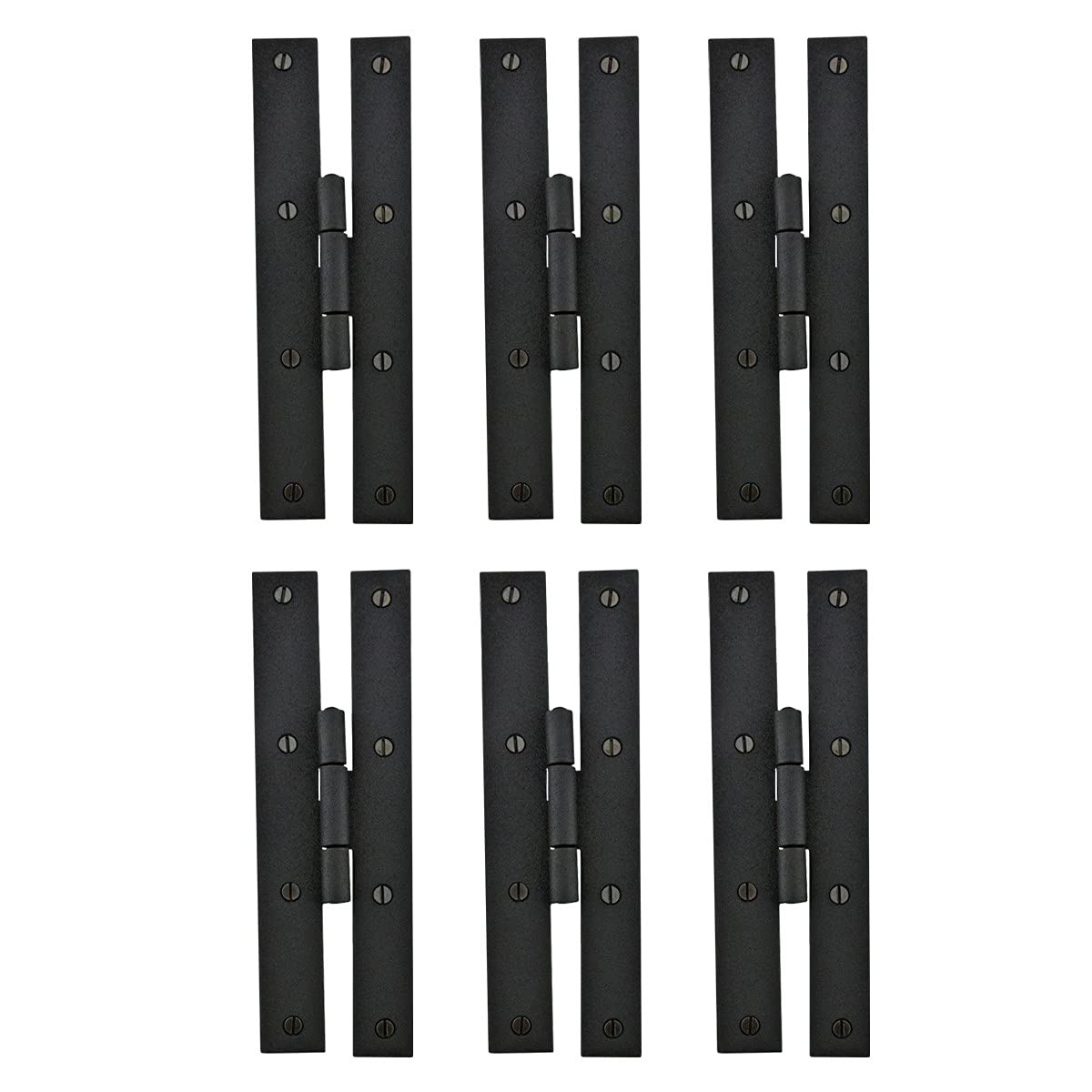In the world of furniture design and manufacturing, much attention is often given to the aesthetics and functionality of the Cabinet Hinge Manufacturers final product. However, the true magic happens behind the scenes, where essential components like cabinet hinges play a crucial role in ensuring durability, ease of use, and seamless integration of moving parts. Cabinet hinge manufacturers are the unsung heroes in this intricate dance, providing the backbone to what makes cabinets and doors function smoothly and reliably.
The Art and Science of Cabinet Hinges
Cabinet hinges may seem like simple components, but their design and manufacturing involve a blend of art and science. From selecting the right materials to precision engineering and rigorous testing, every step in the manufacturing process is crucial. High-quality hinges are designed to withstand constant use, providing years of trouble-free service while maintaining their functionality and appearance.
- Material Matters: The choice of material is paramount in hinge manufacturing. Stainless steel, brass, and bronze are popular choices due to their durability, corrosion resistance, and strength. Advanced materials and coatings are continually being developed to enhance performance and longevity, ensuring hinges can withstand the rigors of daily use in various environments.
- Precision Engineering: Modern cabinet hinges are marvels of precision engineering. Advanced manufacturing techniques, such as CNC machining and laser cutting, allow for the production of hinges with tight tolerances and consistent quality. This precision ensures smooth operation, proper alignment, and a perfect fit for every application.
- Innovative Designs: The world of cabinet hinges is not static; it evolves with changing design trends and user demands. Soft-close hinges, for instance, have become a standard feature in high-end cabinetry, offering a quiet and gentle closing action. Manufacturers continuously innovate, developing hinges with enhanced features like 3D adjustability, quick-release mechanisms, and concealed designs that provide a clean and modern look.
The Manufacturing Process
The journey of a cabinet hinge from concept to finished product involves several critical stages:
- Design and Prototyping: The process begins with design and prototyping, where engineers create detailed blueprints and 3D models of the hinge. Prototypes are produced and tested rigorously to identify any potential issues and to refine the design for optimal performance and manufacturability.
- Material Selection and Preparation: Once the design is finalized, the appropriate materials are selected and prepared. This stage involves cutting, shaping, and treating raw materials to ensure they meet the required specifications and standards.
- Manufacturing and Assembly: The actual manufacturing process involves multiple steps, including stamping, forging, machining, and finishing. Each component of the hinge is carefully crafted and then assembled with precision. Quality control measures are implemented throughout the process to ensure each hinge meets the highest standards of quality and performance.
- Finishing and Testing: After assembly, hinges undergo finishing processes such as polishing, plating, and coating. These finishes not only enhance the appearance of the hinges but also provide additional protection against wear and corrosion. Rigorous testing, including load testing, cycle testing, and environmental testing, is conducted to ensure the hinges can withstand real-world conditions.
The Importance of Choosing the Right Manufacturer
Selecting the right hinge manufacturer is crucial for furniture makers and designers. High-quality hinges from reputable manufacturers ensure reliability, durability, and customer satisfaction. Here are some key considerations when choosing a cabinet hinge manufacturer:
- Reputation and Experience: Look for manufacturers with a proven track record and extensive experience in the industry. A reputable manufacturer will have a history of producing high-quality products and meeting the needs of their clients.
- Quality Assurance: Ensure the manufacturer has robust quality assurance processes in place. This includes stringent testing procedures and adherence to industry standards and certifications.
- Innovation and Customization: A good manufacturer should be able to offer innovative solutions and customization options to meet specific requirements. Whether you need a unique design or specific functionality, the ability to customize hinges is a significant advantage.
- Customer Support: Excellent customer support is essential. Choose a manufacturer who is responsive, knowledgeable, and willing to provide assistance throughout the entire process, from design and production to installation and after-sales service.

Leave a Reply